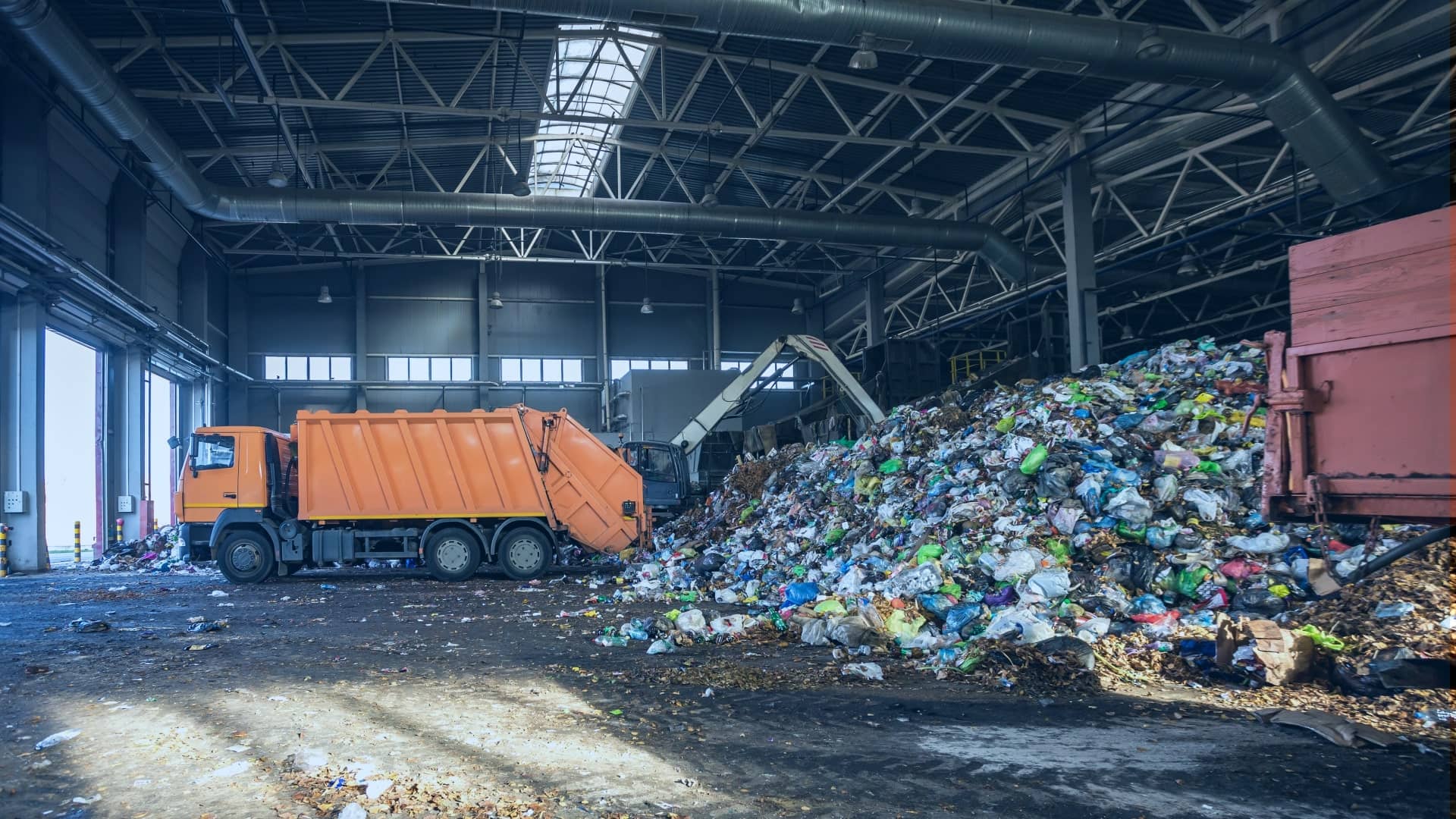Role of Technology in Modern Industrial Waste Collection

Innovative Technologies Reshaping Waste Collection
Smart Waste Management Systems
One of the most significant technological advancements in industrial waste collection is the development of smart waste management systems. These systems utilize IoT (Internet of Things) sensors to monitor waste levels in real time, ensuring timely and efficient collection. This not only reduces the frequency of collections but also minimizes the environmental impact by cutting down on unnecessary transportation.
Automated Sorting and Recycling
Automation has revolutionized the sorting process in industrial waste collection. Advanced sorting machines equipped with AI (Artificial Intelligence) can accurately separate waste into different categories for recycling. This technology significantly improves the recycling rate, reduces human error, and enhances the overall efficiency of waste management.
Types of Industrial Waste Collection
1. Solid Waste Collection
Landfilling
Landfilling remains a widely used method for disposing of solid industrial waste. Here, waste is systematically buried in land that’s designated for waste disposal. The key advantage of landfilling is its simplicity and relatively low operational costs. However, it requires careful management to prevent soil and water contamination.
Incineration
Incineration involves burning waste at high temperatures. This method significantly reduces the volume of waste, thus saving space in landfills. Moreover, modern incineration plants can harness the energy released during the process, contributing to energy recovery.
2. Liquid Waste Collection
Wastewater Treatment
Wastewater from industries often contains chemicals, oils, and other pollutants. Treatment plants play a vital role in purifying this water before it’s released back into the environment. The process involves several stages, including sedimentation, filtration, and chemical treatment, ensuring the water meets safety standards.
Deep Well Injection
For certain types of liquid waste, deep well injection is a feasible solution. This method involves injecting waste deep underground into porous rock formations. It is a secure way of disposal, preventing contaminants from reaching groundwater or surface ecosystems.
3. Hazardous Waste Collection
Secure Landfills
Hazardous industrial waste collection requires specialized handling. Secure landfills are engineered with impermeable liners and other safety measures to prevent the escape of harmful substances into the environment. These facilities are closely monitored and regulated.
Chemical Treatment
Chemical treatment of hazardous waste neutralizes its harmful components. This process often involves altering the chemical composition of the waste to render it less hazardous, making it safer for disposal or recycling.
4. Recyclable Waste
Material Recovery Facilities (MRFs)
MRFs play a crucial role in the recycling process. Here, recyclable materials are sorted, cleaned, and prepared for reprocessing. The efficiency of MRFs significantly boosts the recycling rates of industrial waste.
On-site Recycling
Some industries adopt on-site recycling methods, reusing materials within their processes. This approach minimizes industrial waste collection and can be cost-effective, as it reduces the need for waste collection and purchasing new materials.
5. Electronic Waste
E-Waste Recycling Centers
Comprising discarded electronic devices requires specialized collection and recycling methods due to their toxic components. E-waste recycling centers are equipped to safely disassemble and recycle materials like plastics, metals, and circuitry.
Manufacturer Take-Back Programs
Some electronic manufacturers offer take-back programs, encouraging consumers to return their old devices. This ensures responsible disposal and recycling of electronic components and materials.
Sustainability and Eco-Friendly Practices
Understanding Sustainability
Sustainability involves meeting our current needs without compromising the ability of future generations to meet theirs. This concept hinges on the balance between environmental protection, social development, and economic growth. It’s about creating an equilibrium, where resource use aligns with the Earth’s capacity to replenish.
The Three Pillars of Sustainability
The three pillars of sustainability are environmental, social, and economic. The environmental pillar focuses on reducing pollution and conserving resources. The social pillar emphasizes improving the quality of life, health, and education. The economic pillar strives for efficiency in consumption and production processes.
Reducing Energy Consumption
Simple steps like turning off lights when not in use, using energy-efficient appliances, and reducing water waste can make a significant difference. These practices not only conserve resources but also save money on utility bills.
Sustainable Food Choices
Opting for locally sourced, organic food reduces the carbon footprint associated with transportation and supports sustainable farming practices. Reducing meat consumption and avoiding food waste are also key components of sustainable living.
Green Business Practices
Businesses are increasingly adopting eco-friendly practices. This includes minimizing industrial waste collection, using sustainable materials, and adopting renewable energy sources. Green business practices not only help the environment but also enhance brand reputation and customer loyalty.
Corporate Social Responsibility (CSR)
CSR involves companies taking responsibility for their environmental and social impact. This can include investing in community projects, ensuring fair labor practices, and implementing environmentally friendly operations.
Renewable Energy Technologies
Advancements in solar, wind, and hydroelectric power are at the forefront of sustainable innovation. These technologies provide cleaner alternatives to fossil fuels, reducing greenhouse gas emissions and pollution.
Sustainable Transportation
The growth of electric vehicles and improvements in public transportation are key to reducing emissions from transportation. Bike-sharing programs and promoting walking are also part of creating a sustainable transportation network.
Challenges and Opportunities
Overcoming Barriers
Challenges in sustainability include high initial costs for green technologies and resistance to change. However, governmental policies and incentives can play a significant role in overcoming these barriers.
The Role of Education and Awareness
Educating the public about the benefits of sustainability and how to implement eco-friendly practices is crucial. Increased awareness can lead to greater consumer demand for sustainable products and practices.
Conclusion
The role of technology in modern industrial waste collection is undeniably transformative. By embracing these technological solutions, industries can significantly improve their waste management processes, contributing to a cleaner, more sustainable environment. As we move forward, industries must continue to invest in and adopt these technological advancements to ensure a greener future.




